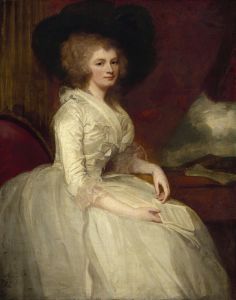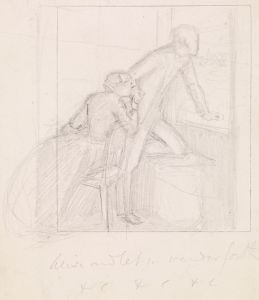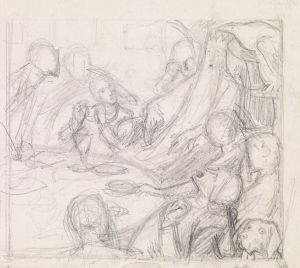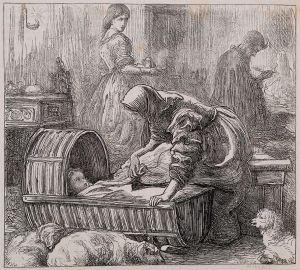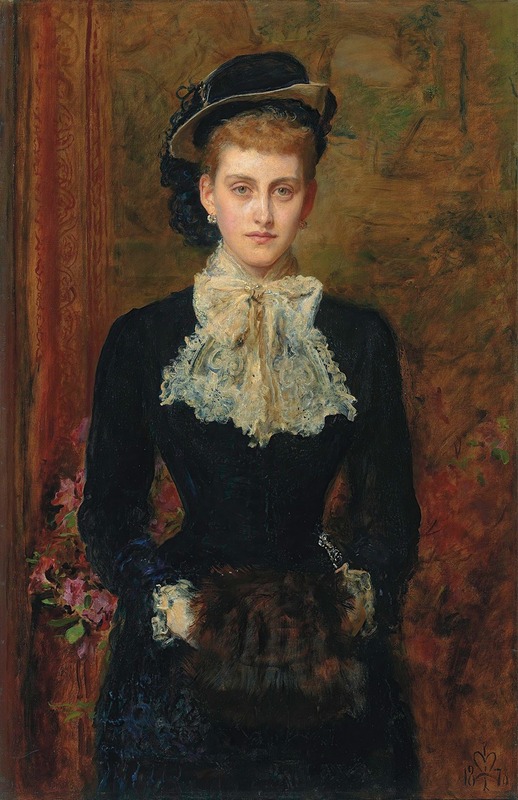
Countess de Pourtales, The Former Mrs Sebastian Schlesinger
A hand-painted replica of Sir John Everett Millais’s masterpiece Countess de Pourtales, The Former Mrs Sebastian Schlesinger, meticulously crafted by professional artists to capture the true essence of the original. Each piece is created with museum-quality canvas and rare mineral pigments, carefully painted by experienced artists with delicate brushstrokes and rich, layered colors to perfectly recreate the texture of the original artwork. Unlike machine-printed reproductions, this hand-painted version brings the painting to life, infused with the artist’s emotions and skill in every stroke. Whether for personal collection or home decoration, it instantly elevates the artistic atmosphere of any space.
"Countess de Pourtalès, The Former Mrs. Sebastian Schlesinger" is a portrait painted by Sir John Everett Millais, a prominent British artist and one of the founding members of the Pre-Raphaelite Brotherhood. The painting depicts the Countess de Pourtalès, who was previously known as Mrs. Sebastian Schlesinger before her marriage to Count Edmond de Pourtalès, a member of the French aristocracy.
The portrait is believed to have been completed in the late 19th century, during a period when Millais had transitioned from his earlier Pre-Raphaelite style to a more conventional and commercially successful approach to portraiture. By this time, Millais was highly sought after for his ability to capture the elegance and personality of his sitters, particularly among the upper classes and aristocracy.
The subject of the painting, the Countess de Pourtalès, was a figure of social prominence in her time. Her first marriage was to Sebastian Schlesinger, a musician and composer, but she later remarried and became the wife of Count Edmond de Pourtalès. The Countess was known for her beauty and grace, qualities that Millais skillfully conveyed in his depiction of her. The painting showcases Millais' mastery of detail, particularly in the rendering of the Countess's attire and the textures of the fabrics, which reflect the fashion and sophistication of the era.
The exact circumstances of the commission for this portrait are not well-documented, but it is consistent with Millais' later career focus on portraiture for wealthy and influential patrons. The painting is a testament to Millais' ability to blend technical precision with a sense of warmth and character, making it a notable example of his work in this genre.
As of now, the current location of the painting and its ownership are not widely recorded in public sources. Further details about the life of the Countess de Pourtalès and her relationship with Millais remain limited, as historical records primarily focus on the artist's broader body of work and his contributions to 19th-century British art.






